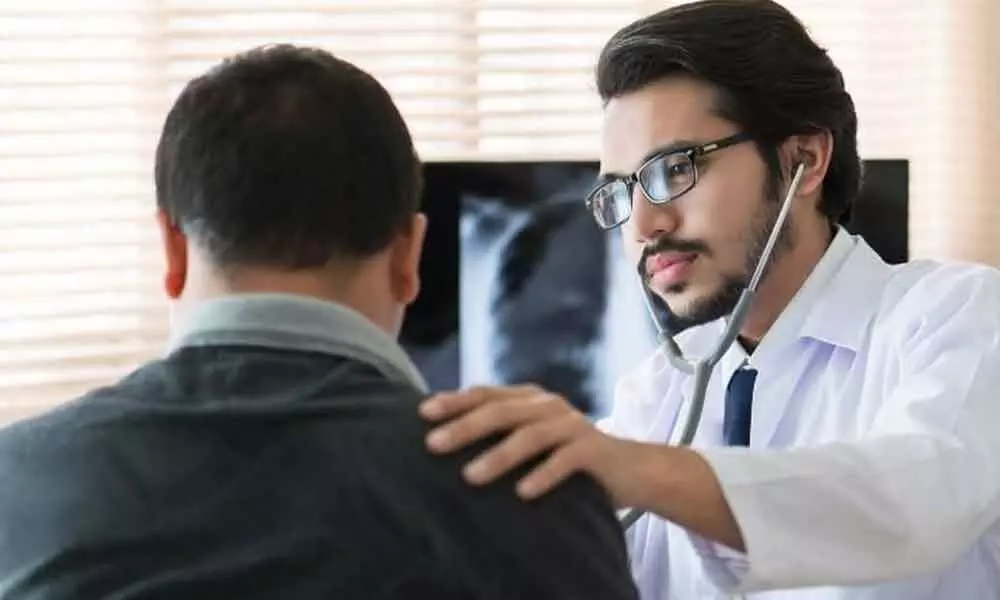
At clinic visits, medical records, identification cards, insurance information, medication lists, and physical documents are required. Gathering these materials before appointments adds complexity when people already feel unwell. Digital healthcare simplifies documentation requirements dramatically. Most online consultations need minimal paperwork, with basic information typed directly into forms rather than scanned, uploaded, or physically presented. NextClinic streamlines documentation to essential elements, allowing quick consultations without extensive preparation. The information gets requested helps users prepare efficiently, complete consultations smoothly, and receive medical certificate online documentation promptly without delays from missing paperwork, incomplete submissions, documentation confusion.
Current symptom descriptions
Medical assessments require comprehensive symptom information. Online questionnaires collect this data through structured questions, replacing verbal descriptions from traditional appointments. Written responses create permanent records, ensuring nothing gets forgotten during conversations. Primary symptom identification starts consultations. Users select main complaints from comprehensive lists covering all body systems. Respiratory, digestive, musculoskeletal, neurological, dermatological, other categories organize symptoms logically. Multiple symptom selection accommodates complex presentations affecting several body systems simultaneously.
- Symptom onset timing establishes how long the illness has persisted
- Scales or descriptive terms quantify discomfort intensity
- Shows whether symptoms improve, worsen, or stay the same
- Aggravating factors identify activities, foods, and situations that make symptoms worse
- Relieving factors document what helps reduce symptom severity
Related symptoms provide diagnostic context. A fever accompanying a sore throat suggests infection. Nausea with headache indicates migraine. Comprehensive symptom reporting helps doctors recognize illness patterns, make accurate diagnoses, determine appropriate certificate durations.
Medical history details
Chronic conditions influence current illness assessment, treatment selection, and recovery expectations. Users document ongoing health problems during registration or initial consultations. This information stays in accounts for future reference, avoiding repetitive data entry. Past medical problems provide context for current symptoms. Someone with asthma history presenting respiratory symptoms requires different evaluation than someone without lung disease. Previous surgeries, serious illnesses, hospitalizations all inform current medical decisions.
- Medication allergies prevent prescribing dangerous drugs
- Vaccination records show immunization status relevant to infectious disease assessment
- Previous similar episodes indicate recurring conditions versus new presentations
Most platforms store medical histories securely, displaying them during subsequent consultations. Users update information as circumstances change rather than repeating complete histories every visit. This efficiency saves time while ensuring doctors always see current, accurate information.
Supplementary visual evidence
While not mandatory for all consultations, photographic evidence strengthens assessments when visible symptoms exist. Mobile phone cameras make image capture, upload simple for users comfortable with photography. Doctors examine images closely, zoom in on concerning areas, assess distribution patterns, and evaluate severity visually. Describing rashes verbally proves difficult; showing them directly provides immediate clarity.
- Injuries, including cuts, bruises, swelling, and burns, all photograph well, providing objective severity evidence
- Throat inflammation becomes visible through open-mouth photos showing redness, swelling, spots
- Joint swelling, deformity, and redness all appear clearly in comparison photos of affected versus unaffected sides
- Visible medical devices, bandages, braces, supports all document ongoing treatment, injury severity
Photo quality affects medical usefulness. Clear focus, adequate lighting, and appropriate distance all matter. Simple photography tips within platforms help users capture effective medical images. Multiple photos from different angles provide comprehensive views. The minimal documentation requirements make online consultations remarkably accessible. Employment information comes from memory. Photos are uploaded directly from phones. This streamlined approach eliminates documentation barriers that sometimes prevent people from seeking traditional medical care when gathering materials seems too burdensome during illness.
